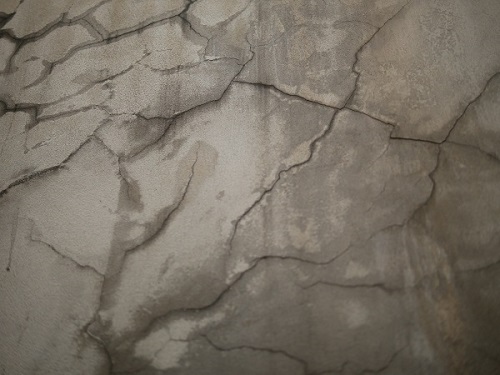Insuring Damages Caused by Hydrostatic Water Pressure

Are your policyholders aware that the foundation of their homes can be damaged by hydrostatic water pressure during times of heavy rainfall? Unless they live in a house constructed on a floodplain, where such risks generally are well known, chances are they give scant thought to the prospect.
Yet, the average cost of repairing a damaged foundation is $4,511, with most homeowners spending between $2,318 to $6,750, according to HomeGuide. That’s just average expenses. Major repairs, on the other hand, cost a gulping $10,000 to $15,000. Meanwhile, pumping out several feet of water, mud and debris from a flooded basement starts around $500 and can grow to $10,000 and more, according to Cost Helper Home & Garden.
Making matters more problematic is that standard homeowners’ insurance policies do not absorb the expense of repairing a foundation damaged by hydrostatic water pressure, much less pick up repair expenses for flood-related damage.
What Is Hydrostatic Pressure?
In simple language, hydrostatic pressure is the force created by standing (“static”) water (“hydro”) surrounding a home. As the soil adjacent to the foundation of the house becomes saturated with water, tens of thousands of pounds of hydrostatic pressure are generated.
Since water weighs a little over 60 pounds per cubic foot, four feet of water will exert more than 240 pounds of pressure per square foot of wall. A basement footing with ten feet of adjacent saturated soil above and around it must withstand 600 pounds per square foot.
This enormous weight gradually pushes water through invisible gaps in the foundation. At some point, even the best-constructed basement is at risk of a flood. The reason is that concrete foundations aren’t technically solid, although they appear that way. As concrete dries, water vapor exits the slab, forming tiny “hairline” cracks. The more water produced by heavy rainfall, the greater the pressure exerted on these. Eventually, water wins the day, damaging the foundation and flooding the basement.
What Can I Do About It?
There are some things a homeowner can do to forestall this possibility, but there is no perfect method for completely barricading the entry of water through a foundation.
Waterproofing the exterior slabs with metal sheeting is one way to reduce the risk of water entry. Other mitigations include the use of interior drainage systems, like French drains that collect water at the intersection of the basement wall and floor and channel it into a sump pump for disposal away from the structure. Immediately sealing noticeable cracks in a foundation is another way to reduce flood risks.
Other smart tactics that agents can advise homeowners to deploy to reduce their risk of hydrostatic water pressure-related flood losses include:
- Ensuring gutters and downspouts are free of debris, such as leaves.
- Making repairs to damaged gutters and downspouts as soon as possible.
- Ascertaining if downspouts extend at least six feet from the perimeter of the house. If this is not the case, consider having the downspouts replaced.
Transferring Risk
As part of their professional due diligence, agents typically discuss the possibility of flood losses and their related costs with homeowners. In these conversations, the agent points out that certain events, like an earthquake, flood or mudslide, that directly result in flood-related property damage are not covered perils within a standard homeowners’ insurance policy.
To relieve the homeowner’s tension, the agent cites alternate ways to transfer these risks to insurers and third parties, like the NFIP or the California Earthquake Authority, via separate insurance policies and coverage endorsements.
A similar opportunity is at hand regarding foundation damage and flood-related losses caused by hydrostatic water pressure. Cincinnati Insurance Company offers Limited Water Damage Coverage to absorb a portion of the associated repair costs.
Depending on the policyholder, the endorsement limits coverage to a maximum of $100,000 per occurrence, providing peace of mind to families that their financial health will not be severely impaired. Small businesses also can purchase a similar amendatory endorsement to their businessowners insurance policy.
In this era of extraordinary weather events, agents should apprise both prospective and current policyholders of the risks of foundation damage and floods caused by hydrostatic water pressure, in addition to how they can mitigate these exposures and transfer a portion of the associated repair costs.
This loss control information is advisory only. Not all exposures are identified in this article. Contact your local, independent insurance agent for coverage advice and policy service.










